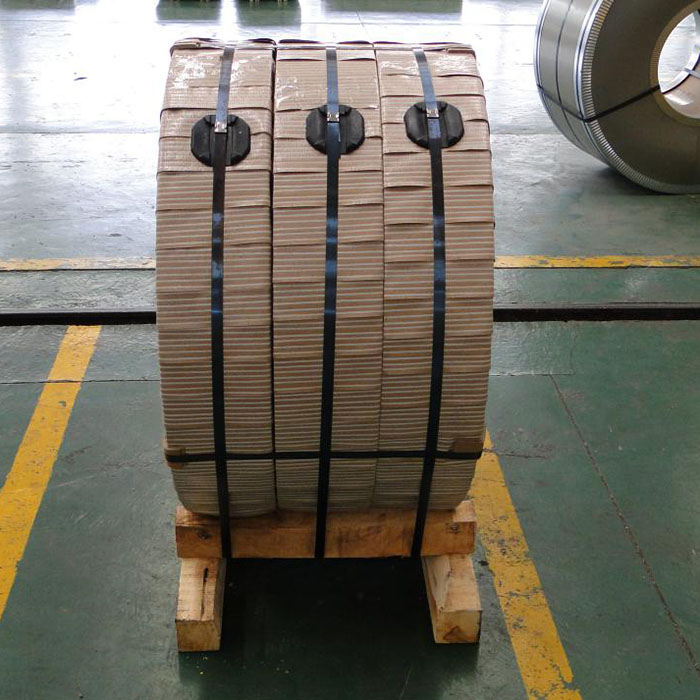

321 stainless steel coil has high work hardening characteristics, and is prone to surface roughness, cracks and other problems during processing. To avoid these problems, the following measures can be taken:
1. Control processing speed
Work hardening is caused by a high deformation rate, so the processing speed should be controlled to avoid too fast processing speed. The cutting speed can be appropriately reduced to ensure that the contact between the tool and the material is more stable and reduce hardening.
For cold processing, avoid excessive compression or stretching ratio to reduce local stress concentration.
2. Choose the right tool
Using the right tool material and sharp tool helps to reduce friction and thermal effects on the material. Commonly used tool materials include carbide, high-speed steel, etc.
Check and replace the tool regularly to avoid excessive tool wear to maintain high cutting performance.
3. Appropriate cutting fluid or cooling
Using the right cutting fluid or coolant can effectively reduce friction during processing, reduce local overheating, and thus reduce the impact of work hardening. Water-based cutting fluid or oily cutting fluid is often used when processing stainless steel.
Cutting fluid can not only reduce temperature, but also improve surface quality and avoid cracks caused by thermal stress.
4. Optimize processing parameters
Feed rate: Reasonably choose a lower feed rate to reduce work hardening. Excessive feed rate will cause plastic deformation on the material surface, thereby aggravating hardening.
Deep cutting: Appropriately reduce the cutting depth to avoid excessive cutting and excessive local stress. Excessive cutting depth can easily lead to surface roughness and cracks.
5. Heat treatment
During cold processing, excessive temperature changes may cause cracks. Proper annealing can help reduce the internal stress of the material and improve the plasticity of the material during processing.
For processed 321 stainless steel coils, appropriate low-temperature annealing can reduce hardening, increase the toughness and plasticity of the material, thereby reducing the risk of cracks.
6. Control cooling and temperature
Avoid excessive surface temperature of the material during processing to prevent aggravation of hardening. Avoid excessive heat during high-speed processing, and the temperature can be reduced by appropriate cooling.
Avoid sudden temperature changes during processing) to reduce the impact of thermal stress on the material.
7. Surface treatment
For the surface of 321 stainless steel that has been processed, appropriate post-treatment such as grinding, polishing or electrolytic polishing can be carried out, which can eliminate surface defects caused by processing and improve surface roughness.
In addition, for more delicate processing requirements, surface hardening treatment or coating of protective film can be carried out to reduce further corrosion and damage to the material by the external environment.
8. Avoid over-forming
For deep drawing or complex forming operations, avoid excessive deformation at one time. The forming operation can be carried out in batches to gradually complete the required shape, which helps to reduce stress concentration and crack generation.
9. Maintain good process planning
Carry out reasonable process design and planning, and select different technical solutions according to different processing links to avoid one-time excessive deformation and stress accumulation caused by cold processing.
Ensure that there is no unevenness or scratches on the surface of the workpiece. These small defects will be magnified in subsequent processing and easily cause cracks.
By taking the above measures, the problems of surface roughness and cracks of 321 stainless steel coils during processing can be effectively reduced, and the processing quality and efficiency can be improved.
